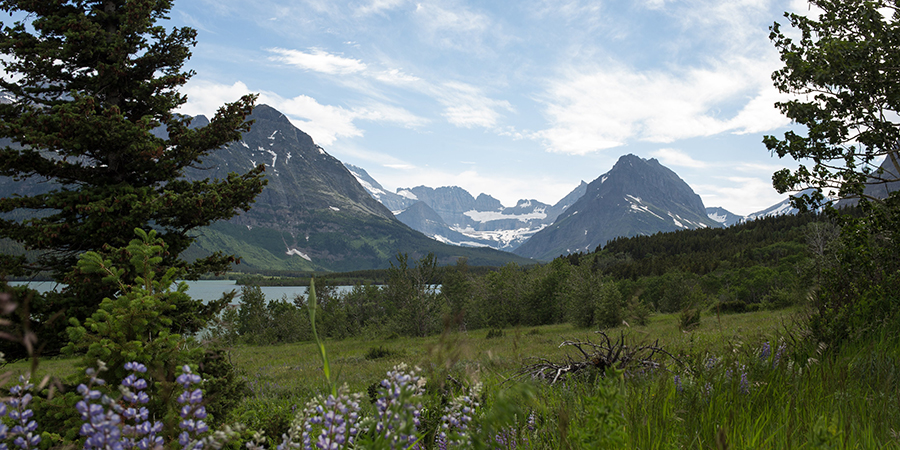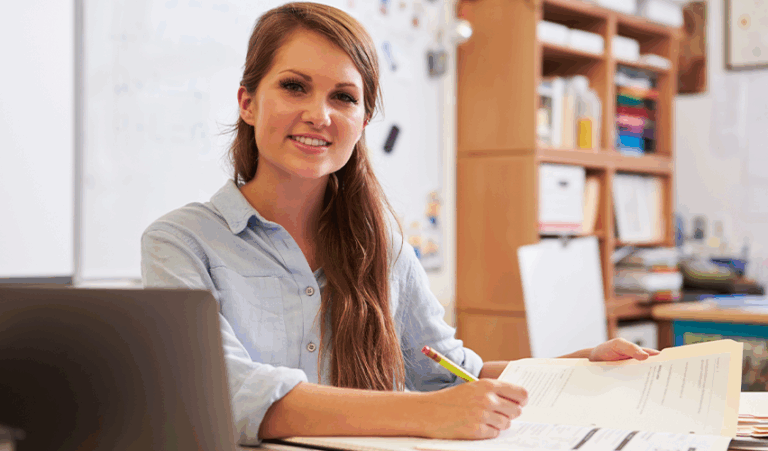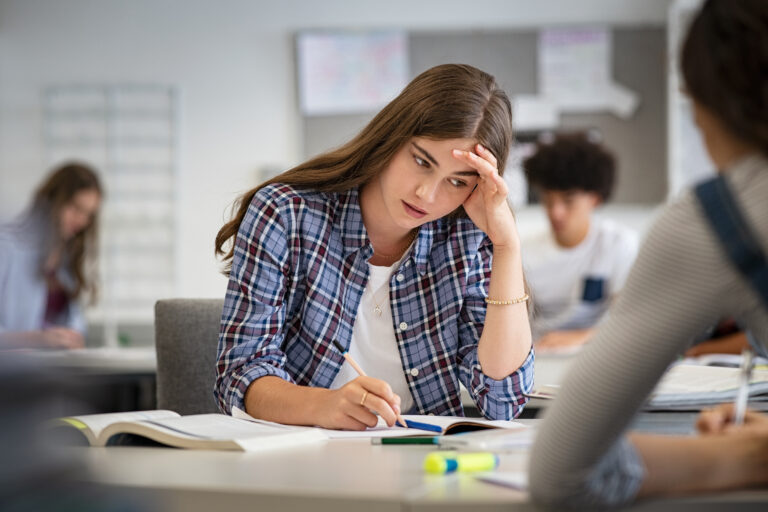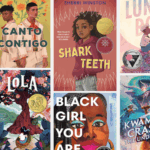One of the perks of growing up with a mom who was a recreation professional for the Minneapolis Parks and Recreation Board was time in the great outdoors. In beautiful “Star of the North” Minnesota, I learned to swim at Lake Harriet, to ski at Three Rivers Parks, and to canoe, portage, fish, and camp in the Boundary Waters Canoe Area. Mosquitoes are my nemesis, wood ticks disgust me, and leaky tents are a wet nuisance, but I know now that each experience taught me lessons I didn’t know I needed to learn.
A different mom and professional educator, Patrice Callahan, is also able to teach kids lessons about the great outdoors. At the School of Environmental Studies (SES) in Apple Valley, Minnesota, Ms. Callahan instructs and leads students outside, even in the wind, rain, and cold. Beyond teaching outdoors in Minnesota’s “if you don’t like the weather, wait 5 minutes” climate, Callahan accompanies her scholars to different parts of the world like, the Galapagos Islands, the glaciers of Alaska, Australia’s Great Barrier Reef, and even New York City to learn, study, and grow as humble, earth-loving humans. I asked Patrice to share some of the lessons her students take-away from learning outdoors.
Susanne: Hi Patrice! Thank you for taking the time to talk with me today about outdoor education. I’d like to start with what students learn by studying outdoors. What are some of the “a-ha!” moments you’ve witnessed with students?
Patrice: Hi! Thanks for asking me to share my knowledge about outdoor ed and The School of Environmental Studies!
There are many lessons, but the “Big 3,” are:
- Students learn they can accomplish more than they thought they could
- Students make tremendous gains in self-confidence
- Students learn they can spend a winter’s night sleeping in a quinzhee
Susanne: Incredible! I wish an SES had been around when I was a child. I know teachers will be interested in learning about some of the standards and assessments you use in your design and planning.
Patrice: Active education is authentic—it sticks better with kids vs. passive education, and the work they complete is project-based.
Our year is divided into three units. In the fall, for example, we study two kinds of diversity: cultural diversity and biodiversity. In fact, you will want to add “TEK” to your vocabulary. It stands for Traditional Ecological Knowledge. We work to expand students’ “TEK” as well as lessons in culture, bias, and inclusivity.
Susanne: What is your background? Did you always want to teach outdoor learning?
Patrice: When I started as an educator, teaching outdoors was a novel idea. I was a traditional classroom teacher when I discovered the School of Environmental Studies, and I knew it would be a good fit. I’ve always been an outdoor explorer and I wanted to share what I knew and encourage children to engage with the outdoors as much as possible. But, even if you’re not an “outdoor person,” you will see gains in your students by spending time learning outside.
Science shows nature improves our health and well-being and the brain-research proves it. Many students who feel lost or unseen in traditional schools thrive when they learn outside. Being outdoors is good for everyone, teachers too!
Susanne: Recently, you and I talked about a lesson you created using your purse. It was a lesson you taught that involved the life cycle of clothing and materials. You shared that clothing is the number one waste item and that many of us buy “throw-away” clothes which end up in landfills. Using your purse, what did you demonstrate to students, and…what kind of purse?
Patrice: The lesson was about the production cycle. Ha, yes, I started the lesson by showing students my purse. It’s a Coach (brand) purse I’d purchased over 40 years ago!
One student phoned me recently and said the learning and lesson were “life-changing” and that she hadn’t purchased anything in over 6 months. The lesson exposes how consumerism is harmful to our environment. We discuss buying less and buying quality items so things last, like my purse!
Susanne: How can teachers get students outside or how can teachers incorporate the outdoors into their lessons?
Patrice: Take any opportunity to go outside! Try not to make it a “big deal,” or overthink it. In other words, don’t stress, just go outside for a discussion, and take it from there. Start small and build on your curriculum. Brain-based research supports that even 10 minutes a day outside enhances learning and makes students more alert. It’s better than coffee. Any time spent outside will increase overall performance.
Susanne: What steps does the SES take to ensure equity and inclusivity?
Patrice: The number one strategy we use is choice. Choice allows students to select their learning pathway. When teaching, I typically provide three options. Choice gives students a voice!
Susanne: Do you believe in the quote “There is no bad weather, only bad clothing”?
Patrice: The district requires us to go inside if it’s -15°. My advice is to never assume students understand the weather. When I say, “dress appropriately” the first time, not all students do, and we have a lesson about hypothermia. Of course, we would never put students in danger! We have accumulated a lot of gear over the years, and we use it. We have everything from skis to snowshoes to mittens to warm socks. We don’t take students outside unprepared, and we use a buddy system. Those with disabilities use sleds, students assist one another, it is wonderful to witness.
Also, the school is supported by the SES Education Foundation which we use for supplies and materials so all students, regardless of income and circumstance, can participate.
Susanne: Any other words of wisdom to share with colleagues and educators as we say goodbye?
Patrice: Teach outside!
After talking with Patrice, a friend called, and told me she hadn’t returned my call right away because “I am taking a course called “Nature Matters” and we are encouraged not to bring our phones with us when we are outdoors.” After investigating, I discovered the course is created just for teachers! This link provides more information about the “Nature Matters” course.
As you plan lessons for the school year, consider teaching outdoors, even if it’s only for a short time. Start small and slowly build your curriculum. Watch as students who may struggle indoors bloom, grow, and thrive…outside!
For more information and resources about outdoor education, please see below:
- Outdoor Classes and Forest Schools Gain New Prominence Amidst Distance Learning Struggles
- Learning Blooms in Outdoor Classrooms
- Melanin Base Camp
- Diversify Outdoors
- 1000 Hours Outside
- Monticello Schools Turn to Nature-Based Classes during Covid
- Nature School
- Eagle Bluff Learning Center
- Teach Outdoors Minnesota
- Institute for Outdoor Learning
- Last Child in the Woods by Richard Louv
- There’s No Such Thing as Bad Weather by Linda Åkeson McGurk








